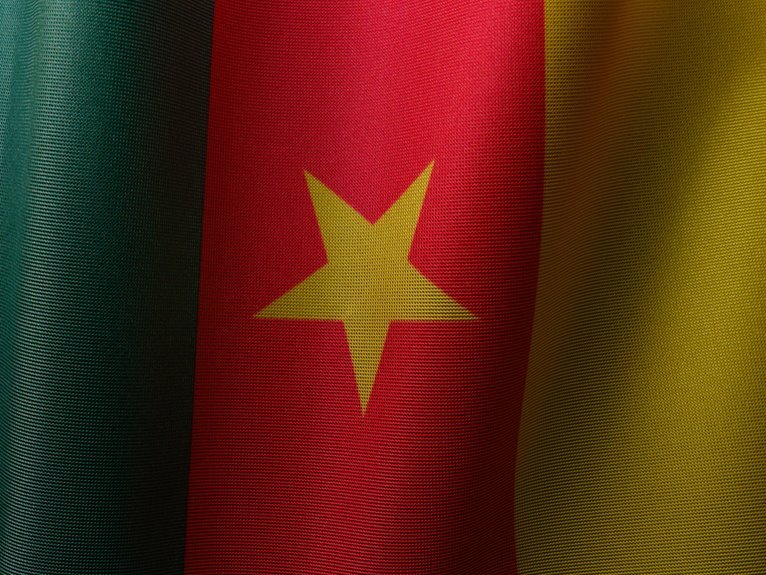
Flag of Chile : Meaning, Colors, and History Explained
The Chilean flag, with its distinct red, white, and blue colors, serves as a reflection of the nation's values and historical journey. Each color carries specific meanings that connect to the country's identity. Understanding these symbols provides insight into Chile's evolution and the significance of the flag in contemporary society. As its historical transformations unfold, the question arises: how does this emblem continue to shape national pride and unity today?
The Colors of the Chilean Flag: Symbolism and Significance
The Chilean flag, a striking emblem of national identity, features a distinctive palette of colors that each carries profound significance.
The red symbolizes courage and the struggle for freedom, while white represents peace and the snow-capped Andes. The blue reflects the sky and ocean, embodying aspirations.
Through color psychology and cultural interpretations, these hues collectively convey a narrative of resilience and unity in the Chilean spirit.
Historical Evolution of the Chilean Flag
Chile's flag has undergone significant transformations since its inception, reflecting the nation's tumultuous history and evolving identity.
The flag design has been influenced by various historical events, including independence movements and political upheavals. Each iteration symbolizes a response to external pressures and internal aspirations, encapsulating the struggle for freedom and unity, while also echoing broader regional influences in South America's quest for sovereignty.
The Flag's Role in Chilean Identity and Culture
Throughout history, national flags have served as powerful symbols of identity and cultural cohesion, and the Chilean flag is no exception. It embodies national pride, uniting diverse communities under a shared emblem.
The flag's colors and design evoke a sense of belonging, fostering cultural unity among Chileans. This enduring symbol reflects the nation's values and aspirations, reinforcing their distinct identity on the global stage.
Contemporary Uses and Representations of the Flag
Embodying a rich tapestry of meanings, the Chilean flag features prominently in various contemporary contexts, serving both as a symbol of national unity and as a canvas for social expression.
Modern symbolism reflects a dynamic relationship with cultural adaptations, where the flag appears in protests and celebrations, representing diverse voices.
This multifaceted approach underscores its relevance in contemporary Chilean society, resonating with calls for freedom and unity.
Conclusion
In conclusion, the flag of Chile stands as a testament to the nation's enduring spirit, embodying courage, peace, and aspiration. It reflects the historical journey of a people united in their quest for freedom, while also serving as a contemporary emblem of cultural pride and identity. As it waves proudly in the winds of change, the flag encapsulates not only the rich tapestry of Chilean history but also the vibrant hopes and dreams of its citizens today.




